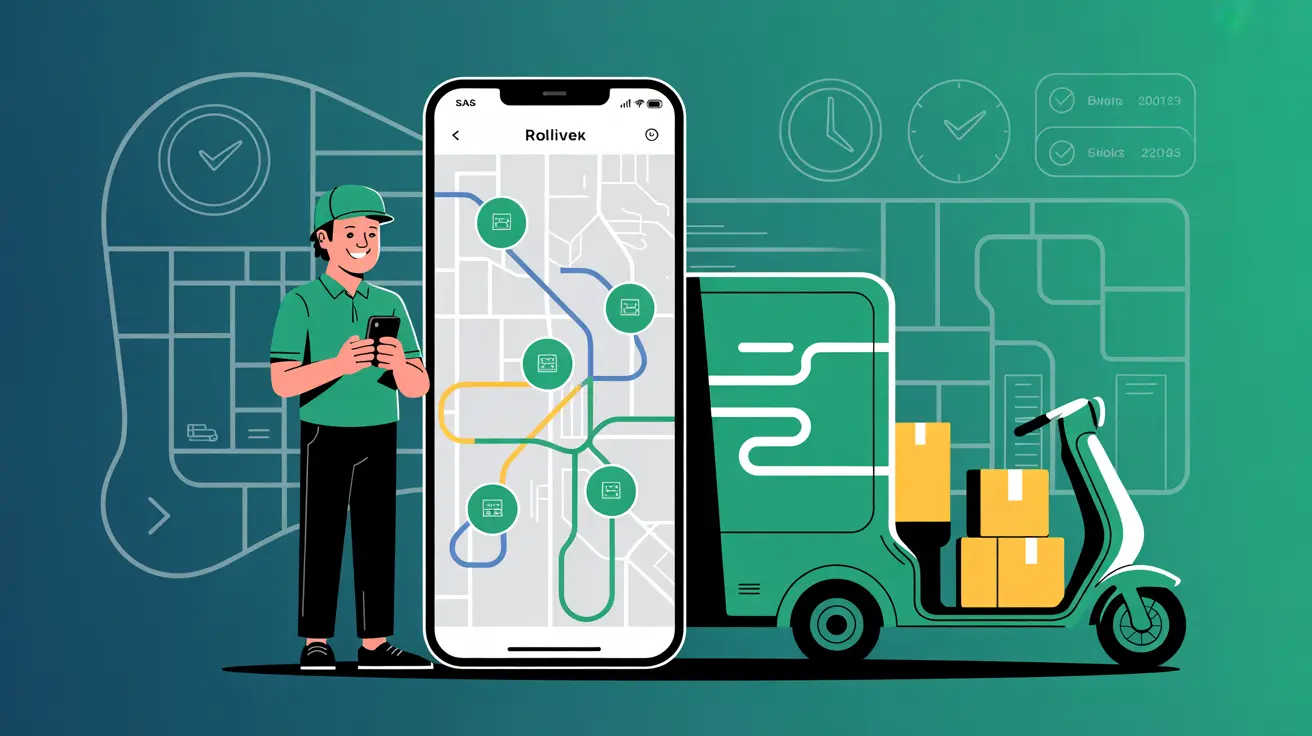The 5 essential financial indicators to evaluate the performance of your fleet
%20(8).webp)
Managing a fleet of vehicles doesn't just mean coordinating routes or keeping logistics operational. It also has a direct impact on the company's financial results. To know if you're managing your resources well and if your decisions are aligned with profitability objectives, you need more than intuition: you need data.
In this article we are going to review the 5 key financial indicators to evaluate the performance of your fleet. Not only do these KPIs help you to have a clear view of costs, but they also allow you to identify hidden inefficiencies and opportunities for improvement. And the best part: you can control them in real time with a solution like Routal, which turns your logistics operations into a constant source of useful data for making more profitable decisions.
Because when it comes to financial efficiency, what isn't measured, can't be improved.
1. Cost per kilometer (CPK)
This is one of the most basic and, at the same time, the most revealing indicators. El cost per kilometer represents how much it actually costs you to move your fleet for each kilometer traveled, taking into account fuel, maintenance, salaries and amortization of the vehicle.
A high CPK can be a sign of poorly optimized routes, inefficient vehicles, or lack of preventive maintenance. With Routal Planner, you can significantly reduce this indicator by generating shorter routes and avoiding unnecessary detours.
2. Fleet occupancy rate
Are your vehicles driving with a full load or traveling half empty? La occupancy rate shows you the percentage of capacity used compared to the total available. An underutilized fleet means more trips, more costs and less efficiency.
Intelligent planning allows you to optimally group orders and assign the right vehicle for each route. This maximizes the use of each unit and avoids redundant costs, such as using large trucks for small deliveries.
3. Cost per delivery
This KPI is essential to understand if your distribution model is profitable. El cost per delivery is calculated by dividing total operating costs by the number of deliveries made in a period. If this value goes up, you're probably having planning failures, failed deliveries, or oversized routes.
Automating routes and time windows What Routal offers reduces downtime, assignment errors and first delivery failures, which directly translates into a lower cost per delivery.
4. Costs per vehicle per day
Beyond the cost per kilometer, it is important to know how much it costs to have each vehicle in operation on a daily basis, even if it is not at 100% capacity. This indicator includes insurance, depreciation, maintenance and associated fixed costs.
If a vehicle spends more time standing than operating, its real daily cost skyrockets. With a tool like Routal, you can balance the load between vehicles and make decisions about fleet renewal or downsizing with solid economic criteria.
5. Failed delivery rate
Each delivery that is not completed generates a additional hidden cost: second attempt, delivery time, extra fuel and, in many cases, loss of reputation. A high failed delivery rate has a direct impact on profits.
Minimizing this indicator requires proactive planning, communication with the customer, and real-time visibility. Routal allows you to send automatic notifications, provide delivery tracking and agile rescheduling in case of unforeseen events. This not only improves the KPI, but also the customer experience.
Measure, Adjust and Improve
Controlling these five financial indicators isn't just a task for the accounting department: it's a strategic tool for making better logistics decisions. If you don't measure how much each kilometer, delivery or vehicle costs, You're managing blindly.
A solution like Routal allows you not only to plan more efficient routes, but also to visualize in real time the economic impact of each movement of your fleet. With this data in hand, you can reduce costs, improve margins and transform your logistics into a true engine of profitability.
Do you want to start measuring what really matters in your operations? Discover How Routal can help you to make decisions based on data, not assumptions.



%20(22).webp)
%20(12).webp)
%20(11).webp)



.png)


